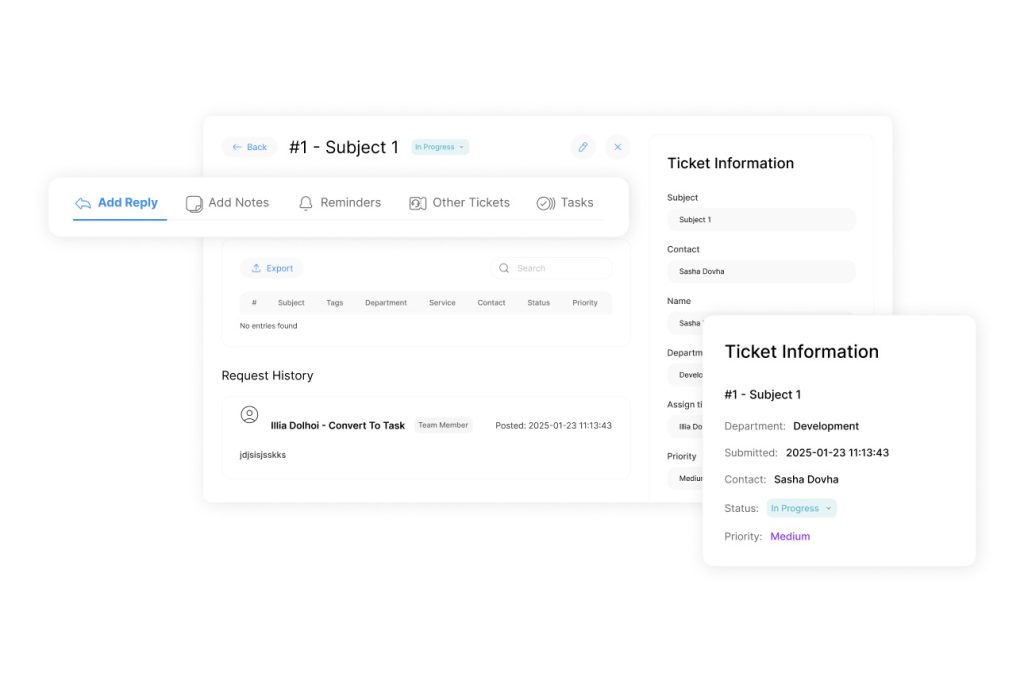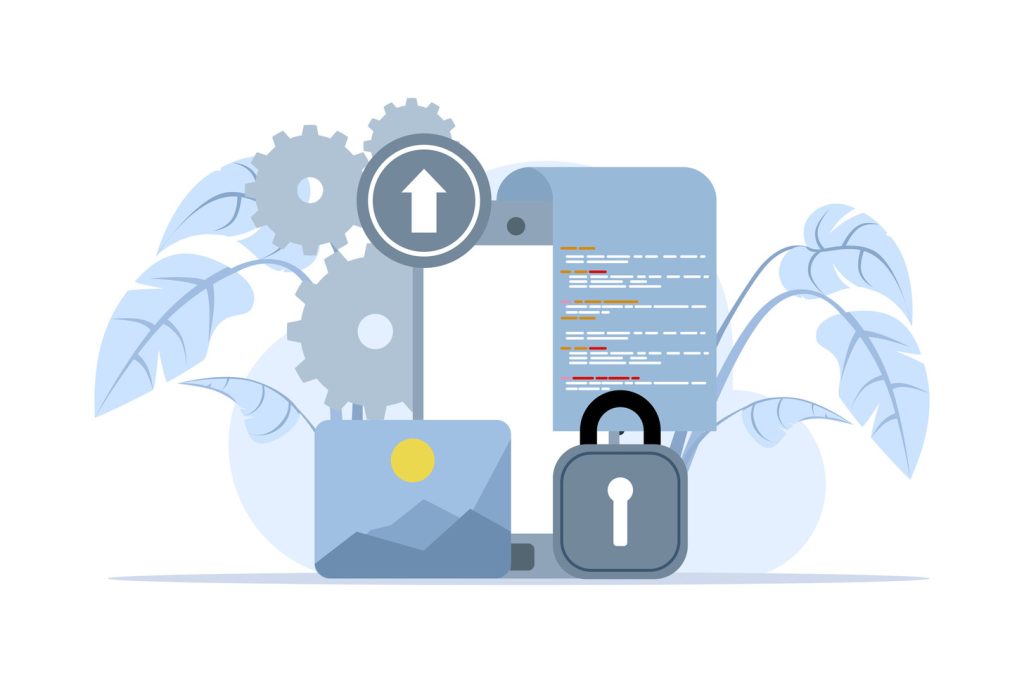Integration With Ticketing System: Simplify Your Workflow

Modern organizations face growing pressure to resolve issues faster—for both employees and customers. Standalone platforms often create fragmented workflows, forcing teams to juggle multiple interfaces while struggling with delayed responses. This disconnect impacts service quality and operational costs.
Businesses now prioritize unified solutions that merge support channels into one actionable hub. By connecting tools through strategic partnerships, companies eliminate manual data transfers and reduce errors. Agents gain instant access to complete case histories, accelerating resolution times by up to 40% according to recent industry studies.
The shift toward automated workflows isn’t just about speed. It directly impacts customer loyalty and team morale. Employees spend 30% less time switching between apps when using connected systems, allowing them to focus on complex problem-solving rather than administrative tasks.
Forward-thinking leaders recognize these systems as growth accelerators. They create ecosystems where ticket statuses, client communications, and performance metrics update in real time. This transparency helps teams identify bottlenecks faster and allocate resources more effectively.
Key Takeaways
- Connected support tools reduce response times by centralizing customer data
- Automated workflows cut operational costs through reduced manual tasks
- Unified platforms improve agent productivity by minimizing app switching
- Real-time data synchronization enhances decision-making accuracy
- Strategic tool connections boost customer retention through faster resolutions
Understanding Integration With Ticketing System
Efficient workflow management has become critical for businesses managing high-volume support requests. Connected support solutions bridge operational gaps by linking essential tools through automated data exchange.
Defining Modern Ticket Connections
A ticket connection establishes real-time communication between support platforms and business applications. These links enable automatic updates across CRM databases, HR tools, and communication channels. For example, resolving a customer query in a messaging app can simultaneously close related tickets in the support platform.
| Connected Systems | Disconnected Systems |
|---|---|
| Automatic status updates | Manual data entry |
| Unified customer profiles | Fragmented records |
| 55% faster resolution* | Delayed responses |
Strategic Value for SaaS Providers
Leading cloud platforms now prioritize embedded ticket connections as core functionality. This approach reduces onboarding friction for clients while enabling customized support experiences. Teams using connected platforms report 68% fewer data errors compared to manual processes.
Automated workflows in these environments trigger actions like service escalations or customer notifications without human input. This efficiency allows support staff to handle 22% more complex cases monthly while maintaining response quality. This increased capacity not only enhances team productivity but also improves overall customer satisfaction. By integrating advanced notification systems for effective management, organizations can ensure timely updates and proactive communication with clients. As a result, businesses are better equipped to address issues swiftly, further solidifying their reputation for reliability.
Benefits of Ticketing Integrations for Your Support Team

Businesses seeking operational excellence increasingly turn to connected support solutions. These tools streamline processes while elevating both customer satisfaction and agent effectiveness.
Accelerating Time to Resolution
Automated workflows slash manual tasks, letting agents tackle complex issues. Smart routing directs queries to skilled staff instantly, cutting resolution times by 30%.
Complete customer histories empower teams to act decisively without data hunting. One study found teams using these systems resolve 45% more cases weekly compared to manual methods.
Enhancing Customer and Employee Experience
Error-free synchronization prevents duplicate entries and missed follow-ups. Agents enjoy meaningful work, boosting morale and retention.
Real-time updates keep customers informed, building trust through transparency. Companies report 28% higher satisfaction scores when using connected platforms.
Proactive communication becomes effortless with live status tracking. Support professionals spend 50% less time explaining delays, focusing instead on solutions.
Using Integration Tools to Optimize Workflow
Businesses navigating workflow optimization must choose tools aligned with their operational priorities. Internal and customer-facing solutions address distinct challenges, requiring careful evaluation of technical capabilities and scalability.
Internal vs. Customer-Facing Solutions
Robotic process automation (RPA) software excels in handling legacy systems through UI-based scripting. This flexibility supports diverse scenarios but introduces reliability risks compared to API-driven approaches. For mission-critical workflows, integration platforms as a service (iPaaS) deliver secure data transfers between modern applications.
| Internal Tools | Customer-Facing Tools |
|---|---|
| UI automation via RPA | Embedded iPaaS solutions |
| API connections via iPaaS | Universal API platforms |
| Best for legacy systems | Ideal for multi-platform support |
| Limited scalability | Single-build integration management |
Customer-oriented platforms demand robust scalability. Universal API systems enable simultaneous connections across multiple service channels through standardized interfaces. This approach reduces development time by 70% compared to building individual links.
When selecting tools, prioritize long-term maintenance needs and real-time monitoring capabilities. Teams handling 500+ monthly requests benefit most from API-first architectures that minimize manual oversight.
Practical Use Cases: Real-World Ticketing Integration Examples

Operational leaders constantly seek proven methods to eliminate workflow bottlenecks. These real-world implementations demonstrate how strategic tool connections drive measurable improvements across departments.
Automating Employee Onboarding
Linking human resources platforms to support tools revolutionizes workforce preparation. When HR teams create new employee profiles, connected systems instantly generate equipment requests, software access tickets, and training schedules. This automation reduces manual follow-ups by 80% in organizations with 200+ staff.
One logistics company reduced onboarding delays from 14 days to 48 hours using this approach. Their system auto-assigns mentors and schedules compliance training based on role-specific templates.
Bridging Customer Success and Technical Teams
Bidirectional sync between customer relationship platforms and technical support tools ensures seamless collaboration. Sales teams gain visibility into engineering progress, while developers access client histories without switching apps. A SaaS provider using this method reduced cross-department queries by 65%.
Real-time updates prevent miscommunication during critical escalations. When support agents flag urgent issues, engineering teams receive prioritized alerts with full context. Resolutions sync back to CRM profiles automatically, keeping all stakeholders informed.
Additional implementations include:
- Compliance platforms triggering audit preparation tasks in project management tools
- Code monitoring systems generating developer tickets with error snapshots
- Procurement software auto-creating IT asset replacement requests
These scenarios highlight how connected workflows eliminate silos. Teams spend 40% less time chasing updates while maintaining complete operational visibility.
Overcoming Common Integration Challenges
Technical hurdles often emerge during platform connection projects, requiring adaptive strategies to maintain workflow continuity. Organizations face two primary obstacles: incomplete technical resources and evolving customer demands.
Dealing with Inadequate API Documentation
Many platforms suffer from poorly maintained technical guides. Developers frequently encounter outdated endpoints or missing authentication details. Teams combat this by:
- Testing APIs in sandbox environments before deployment
- Engaging vendor support teams for clarification
- Participating in developer forums to crowdsource solutions
Proactive companies build internal knowledge bases to document discovered workflows. This approach reduces troubleshooting time by 35% during updates.
Managing Diverse Integration Requests
Market fragmentation forces businesses to support numerous platforms simultaneously. Prioritization becomes critical. A recent survey found 73% of enterprises maintain 10+ active connections.
| Challenge | Effective Solutions |
|---|---|
| Outdated API specs | Automated monitoring tools |
| Multiple platform support | Universal API gateways |
| Connection breakages | Redundant failover systems |
Successful teams implement tiered support models. High-value clients receive custom connections, while standardized CRM platforms handle common requests. Regular audits ensure existing links adapt to API changes.
Maintenance demands real-time alerts for service disruptions. Leading organizations achieve 99.8% uptime through automated health checks and backup protocols. This prevents data loss during unexpected outages.
Selecting the Right Ticketing Software and Platforms

Selecting enterprise software demands strategic evaluation of its long-term operational impact. Ticketing platforms form the backbone of support workflows, making feature alignment and technical compatibility non-negotiable.
Key Features and Compatibility Considerations
Automation potential separates market leaders from basic tools. Solutions like Zendesk and ServiceNow enable rule-based ticket routing, auto-responses, and escalation protocols. These capabilities reduce manual work by 60% in organizations handling 1,000+ monthly requests.
API reliability determines how smoothly platforms connect with existing tools. As one IT director notes:
“Robust authentication protocols and clear rate limits prevent integration headaches down the line.”
| Platform | Key Strength | Scalability |
|---|---|---|
| Jira | Custom workflows | Enterprise-ready |
| Zendesk | Omnichannel support | Mid-market focus |
| ServiceNow | AI-driven automation | Global deployments |
Scalability becomes critical when expanding operations. Enterprise-grade systems handle 5x more concurrent tickets than basic solutions while maintaining performance. Mobile access and real-time reporting further distinguish premium options.
Third-party ecosystems vary widely—some platforms offer 500+ pre-built connectors, while others require custom coding. Total cost analysis should factor in hidden expenses like staff training and update management.
Configuring and Testing Ticketing System Integrations
Deploying new connections between business platforms requires precision to avoid costly errors. Controlled testing environments let teams simulate real-world scenarios while protecting live operations from disruptions.
Sandbox Environments and Validation Strategies
Isolated testing spaces enable developers to validate API interactions and workflow logic safely. These replicas mirror production environments but operate independently, allowing teams to identify issues before they affect customers.
Effective validation follows a three-step process: unit testing for individual components, system-wide interaction checks, and load assessments under peak traffic conditions. One enterprise reduced post-deployment bugs by 78% using this layered approach.
Advanced platforms often restrict sandbox access to verified partners, requiring formal agreements and annual fees exceeding $25,000. These costs highlight the importance of budget planning for large-scale implementations.
Comprehensive logging during testing phases captures API responses and error patterns. Teams use these insights to refine monitoring protocols and establish performance baselines. Edge cases like network outages or unexpected data formats must be simulated to ensure reliability.
As one platform architect notes:
“Testing isn’t about eliminating failures—it’s about ensuring predictable recovery when issues occur.”
Validation success hinges on balancing technical rigor with practical timelines. Teams that allocate 40% of project time to testing typically achieve smoother deployments and 62% fewer post-launch support tickets.
Best Practices for Secure and Scalable Integrations

Robust digital frameworks thrive when efficiency and security coexist seamlessly. Organizations must adopt protocols that support growth while safeguarding sensitive information across connected platforms.
Optimizing API Calls for Efficiency
Intelligent caching mechanisms reduce redundant requests by storing frequently accessed data. Batch processing combines multiple operations into single transactions, cutting server load by up to 35% in high-volume environments.
Event-driven architectures eliminate constant polling. Instead, systems trigger actions only when changes occur. This approach maintains real-time accuracy while conserving 40% more bandwidth than traditional methods.
Designing for Long-Term Scalability
Cloud-based infrastructure automatically adjusts resources during traffic spikes. Load balancers distribute requests evenly, preventing server overloads that cause 72% of unplanned downtime incidents.
Message queues handle sudden surges by temporarily storing requests. This buffer ensures smooth performance during peak periods. Regular stress tests identify capacity limits before they impact users.
Multi-layered security remains non-negotiable. Role-based access controls limit data exposure, while end-to-end encryption protects information in transit. These measures help maintain compliance as operations expand across regions.

